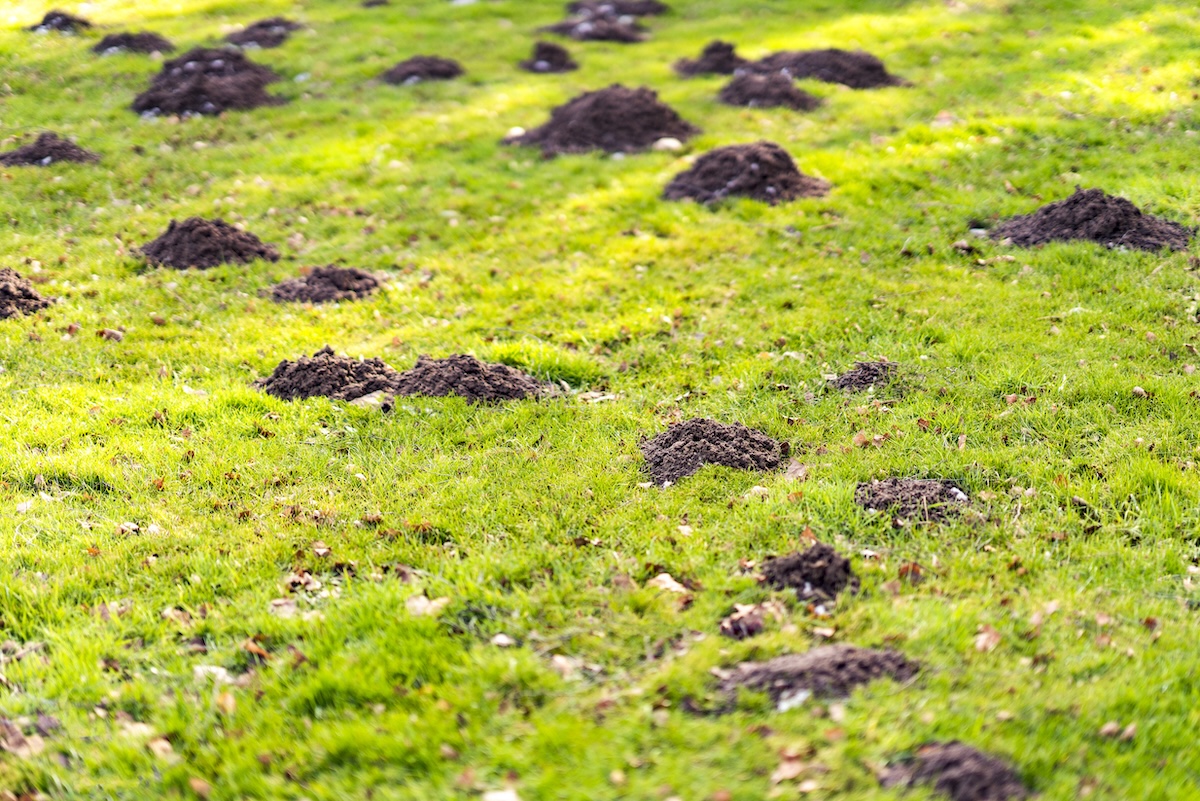Ants may be small, but when they start building colonies in your yard, they can quickly become a big problem. While a few ants here and there are regular, large numbers can damage the look and health of your lawn. If you’ve noticed mounds of soil popping up or trails of ants marching across the grass, it’s a sign they’ve made themselves at home. Understanding why ants take over your lawn is the first step in getting control back.
Ants Love Lawns
Lawns provide ants with everything they need: food, shelter, and a place to grow their colonies. Most ant species prefer dry, well-drained soil where they can dig tunnels easily. If your grass is thinning out or the soil is compacted, it creates the perfect environment for them to move in.
Ants are also drawn to yards with plenty of food sources. Leftover crumbs from outdoor meals, sugary drinks, and even other insects can attract them. Once they’ve found a reliable food supply, they’ll continue to expand their colonies.
The Impact of Ants on Your Lawn
At first glance, ants may seem harmless compared to pests like grubs or chinch bugs. But over time, their activity can cause several problems:
- Soil disturbance: Ant hills create uneven surfaces that make mowing harder and give your yard a patchy look.
- Root disruption: As ants tunnel through the soil, they can interfere with grass roots, weakening growth.
- Pest attraction: Some ants protect and farm aphids, which feed on your grass and plants, causing further damage.
- Bare patches: In areas with heavy ant activity, grass may thin out and eventually die.
If you’re already dealing with brown or bare spots, ants may be part of the reason your lawn isn’t bouncing back.
Signs Ants Are Taking Over
You don’t need to be an expert to spot the warning signs of an ant infestation. Here’s what to look out for:
- Small mounds of loose soil are scattered across your lawn
- Ants forming visible trails, especially near patios or gardens
- Thin or dead patches of grass where ant hills have formed
- Increased numbers of ants inside your home, often coming from the yard.
How to Control Ants in Your Lawn
The key to managing ants is to address both the colonies and the conditions that attract them. Here are a few practical steps you can take:
- Water regularly: Ants prefer dry soil, so keeping your lawn healthy and properly watered makes it less appealing.
- Maintain thick grass: Overseeding thin areas helps crowd out ants and reduces bare spots where they can settle.
- Level soil: Flatten ant hills carefully to prevent uneven growth and discourage them from rebuilding.
- Use targeted treatments: Insect control products may be necessary for severe infestations, but they should be applied carefully to avoid harming beneficial insects.
If you’re struggling with ant control, professional lawn care services can help identify the best solution for your yard. Experts know how to balance effective treatments while keeping your grass healthy.
Keeping Your Lawn Strong Against Ants
The best defence against ants is a strong, healthy lawn. Aeration, fertilization, and seasonal overseeding all help create a thicker turf that’s harder for ants to penetrate. Consistent care not only improves your lawn’s appearance but also makes it less inviting for pests.
Take Back Your Lawn This Season
Ants don’t have to take over your yard or ruin the look of your grass. With the right approach, you can control their colonies and restore the healthy, green lawn you want. The good news? You don’t have to manage it on your own. LawnMart has the knowledge, products, and timing to protect your yard from ants and other typical summer pests. Contact us today and enjoy a lawn that stays beautiful all season long.


